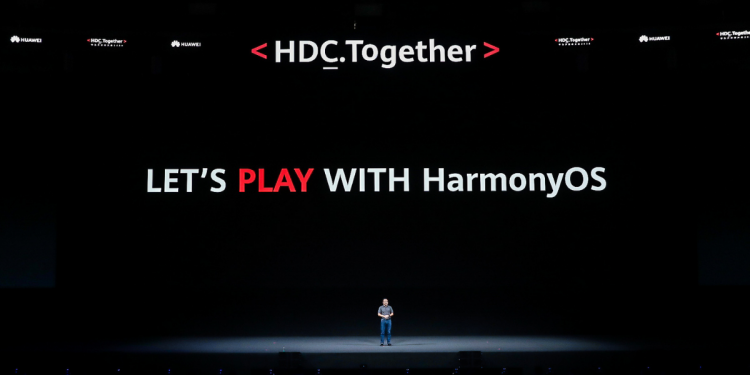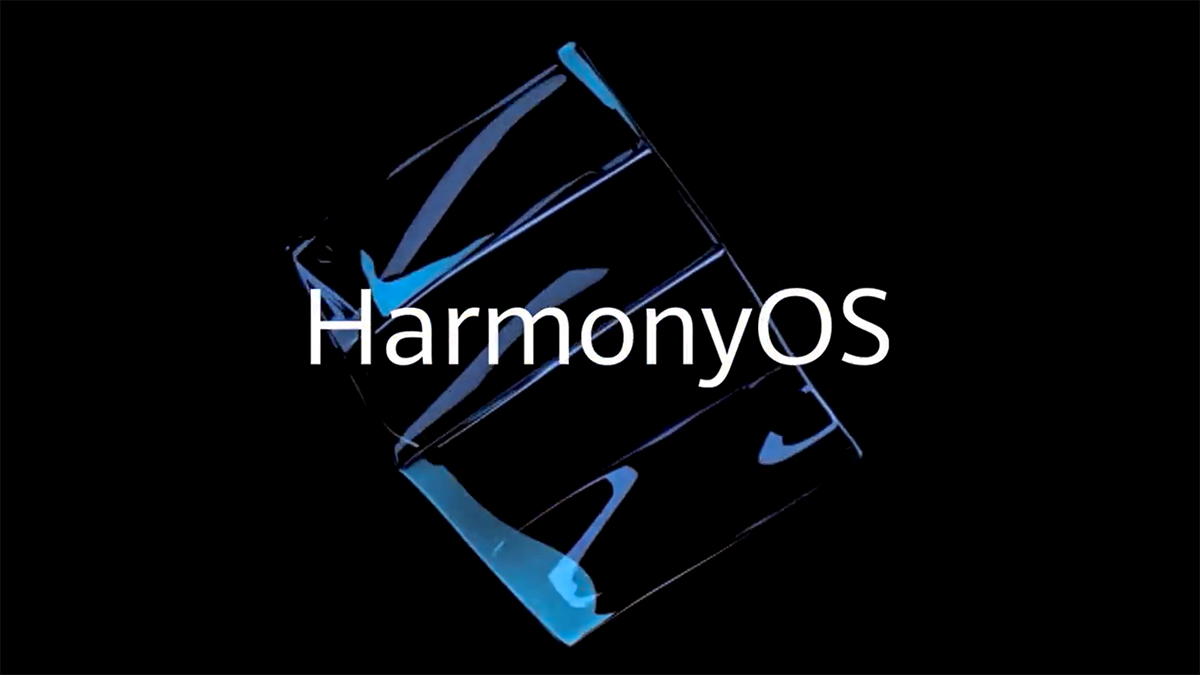Despite the recent change in leadership at the pinnacle of U.S. politics, Huawei‘s future with U.S. companies such as Google remains murky. As we’ve discussed before, they’ve been working on an alternative to the Android OS, one that will infuse cross-platform functionality and shared resources: HarmonyOS.
Progress after initial announcements slowed initially, although Huawei CEO Richard Yu announced that the HarmonyOS would be available on smartphones at the tail-end of 2020. This is the short-to-mid-term roadmap revealed during HDC 2020:
“Starting on 10 September, HarmonyOS is open to 128KB-128MB IoT devices, such as smart TVs, wearables, cars and more. In April 2021, we will open it to 128MB-4GB devices and in October 2021, HarmonyOS will be opened for devices above 4GB.”
First smartphone beta set for December release
At the time, Yu also promised that a smartphone beta release would be available to developers in China by the end of 2020. Based on information from a tipster on Weibo (@长安数码君), it looks like Huawei intends on keeping that promise.
The Weibo post purportedly quotes Huawei Consumer Business Software President Wang Chenglu, saying that the tentative date for the first HarmonyOS smartphone beta release for developers is on the 18th of December 2020. Progress is supposedly going well, which explains why the HarmonyOS beta is being pushed according to schedule.
Once the beta programme is completed, the post claims that the public HarmonyOS beta will be available sometime in January and February 2021. After “a few months” of verification, an official update should arrive to the public—and 90 percent of Huawei/Honor smartphones on the market.
This would be a hugely significant move from Huawei. Despite the initial hype over Huawei’s Android alternative, tangible progress has been slow. We’ve seen the OS appear on devices likes Smart TVs, but now, it looks like we’re set to see HarmonyOS debut on smartphones soon.
The basic idea behind HarmonyOS is one that uses cross-platform functionality and IoT devices to form a user ecosystem, one that relies heavily on shared resources. As mentioned, we’ve yet to see how it works in real-life usage, so the upcoming smartphone beta might reveal its full potential—for success or failure.









